Toyota Confronting Widespread Factory Stalls in Asia

Toyota Motor Corp is currently having to contend with idle factories in Asia, reducing the automaker’s estimated output by over 47,000 units this month. Shockingly, it’s not alleged to have anything to do with the semiconductor shortage that’s been wreaking havoc on Western markets.
With chip production having been localized primarily in China and Taiwan, Asian suppliers have had better access to them. But Eastern markets have still been subjected to other routine plant closures due to supply chain restrictions stemming from the pandemic. Existing protocols in China, combined with renewed restrictions in Japan, have created a situation impacting numerous automakers with Toyota announcing this week that it probably won’t reach its goal of manufacturing 9 million cars this year — though it made sure to include the ongoing semiconductor issue as relevant.
After removing the brunt of its COVID-19 restrictions in October, Japan reintroduced some earlier this month in an effort to mitigate rising infection rates of the Omicron variant. Meanwhile, China has continued mandating aggressive testing protocols and harsh restrictions that have caused widespread concerns about global supply chains for 2022. Single infections frequently result in work stoppages and port closures inside the country that have had major ramifications. The Wall Street Journal covered the issue today, expressing fears that Chinese citizens have been running out of food in regions with the worst border restrictions while addressing the broader implications of exported goods being perpetually delayed.
The situation has forced facilities essential for Toyota’s operations in China to remain closed for over a week. This had a ripple effect on the surrounding region, resulting in additional closures in Japan. However, Bloomberg reported that Japan’s own restrictions also played a contributing factor while the company itself was less specific in citing that several important suppliers were having difficulties. All told, Toyota confirmed that over 20 assembly lines split up between 11 plants will need to be idled this month.
From Bloomberg:
A shift on a second production line is also being halted at Toyota’s Tsutsumi plant Thursday. That’s on top of another shift on a different line at the central Japan plant that’s been halted from Wednesday, causing a cut to output of around 1,500 vehicles. Toyota’s popular Camry sedan is among the models manufactured at the factory in Aichi Prefecture.
The factory suspensions are the latest of several setbacks the world’s top-selling automaker has faced as the highly contagious omicron coronavirus variant takes hold in Asia. Toyota also idled operations in Tianjin, China, as the local government carried out mass testing due to a virus flareup in the port city near Beijing.
Toyota said this week it is unlikely to reach its goal of making 9 million cars this fiscal year due to persistent chip shortages plaguing the auto industry. The company’s shares then slumped 5 [percent] Wednesday, their biggest loss since December 2018. They rebounded 1.9 [percent] as of 1:49 p.m. Thursday in Tokyo.
The automaker won’t be alone, however. Other Japanese brands have similarly attributed reduced output to a combination of COVID-19 restrictions and an insufficient number of semiconductors. On Thursday, Honda Motor Co. said its Suzuka plant in the Mie Prefecture would be operating at around 90 percent capacity through next month. Nissan likewise experienced widespread factory issues over the summer. But recently told Bloomberg that it’s in a much better position going into 2022, with CEO Makoto Uchida explaining that the situation still remains fluid.
“We expect the market to recover but the COVID situation is uncertain and we need to be prepared and continue to monitor,” he said.
[Image: Toyota]

A staunch consumer advocate tracking industry trends and regulation. Before joining TTAC, Matt spent a decade working for marketing and research firms based in NYC. Clients included several of the world’s largest automakers, global tire brands, and aftermarket part suppliers. Dissatisfied with the corporate world and resentful of having to wear suits everyday, he pivoted to writing about cars. Since then, that man has become an ardent supporter of the right-to-repair movement, been interviewed on the auto industry by national radio broadcasts, driven more rental cars than anyone ever should, participated in amateur rallying events, and received the requisite minimum training as sanctioned by the SCCA. Handy with a wrench, Matt grew up surrounded by Detroit auto workers and managed to get a pizza delivery job before he was legally eligible. He later found himself driving box trucks through Manhattan, guaranteeing future sympathy for actual truckers. He continues to conduct research pertaining to the automotive sector as an independent contractor and has since moved back to his native Michigan, closer to where the cars are born. A contrarian, Matt claims to prefer understeer — stating that front and all-wheel drive vehicles cater best to his driving style.
More by Matt Posky
Latest Car Reviews
Read moreLatest Product Reviews
Read moreRecent Comments
- Doc423 Rolling Coal is not a bad thing either.
- Ajla In high school I really wanted a yellow GTO.
- Lou_BC Sweet car.
- FreedMike With 157K miles, that's basically a beater that looks good. Plus, I heard Honda CVTs turn dicey with age. I'm a "no" at $12,500, but someone's heart will go all aflutter over the J-vin (Ohio-vin?) and pay up. With a manual in the same shape, I'd be in for a LOT less.
- EBFlex More proof the EV world is crumbling. In a market with supposedly “insatiable demand”, these kinds of things don’t happen. Nor do layoffs.



















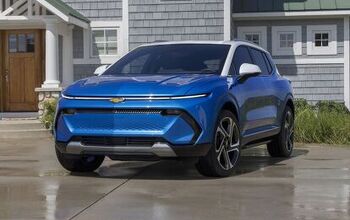

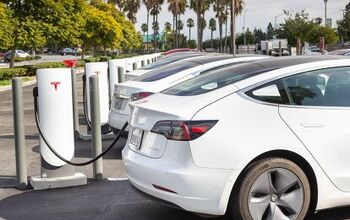


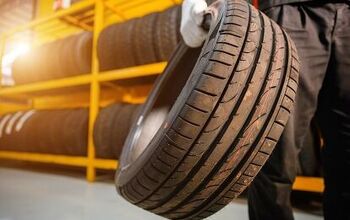

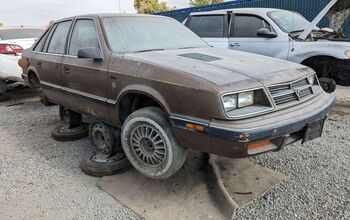

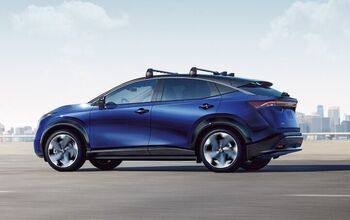
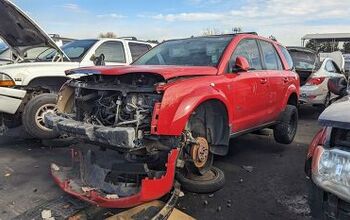
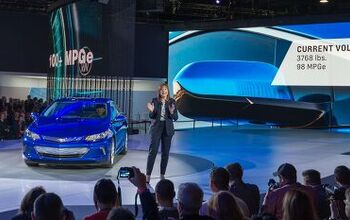



Comments
Join the conversation
"Toyota said this week it is unlikely to reach its goal of making 9 million cars this fiscal year" Setting a volume target just to set a volume target is stupid. Is Toyota stupid now? (That would make them Big and Stupid - not a good combination.)
“ They’re simply more agile than other mfrs,” Having worked for many years in the design and manufacturing of electronic modules for automotive applications, I can attest that legacy auto makers are as agile as fish out of the water. Even the most minute change requires an immense amount of paperwork and recertification. This is a direct cause of the requirements first outlined by the big-3 as QS-9000, whose approach is very much prevention driven (*). This prevents unauthorized changes, which if implemented without a thorough analysis and traceability, may have a detrimental future effect. I am not saying that this is wrong, quite the contrary, it is a fundamental cornerstone in the quality improvements that we have seen. Modern automobiles with their extreme complexity could not be built. But rules and regulations, no matter how benign their initial intent, take a perverse turn for the worst. The end result is that while these regulations have prevented many failures, they also prevent agility and in many instances, outright innovation. (*) I know that QS-9000 has been superseded by ISO/TS16949, which in my humble opinion, tightens the leash further.